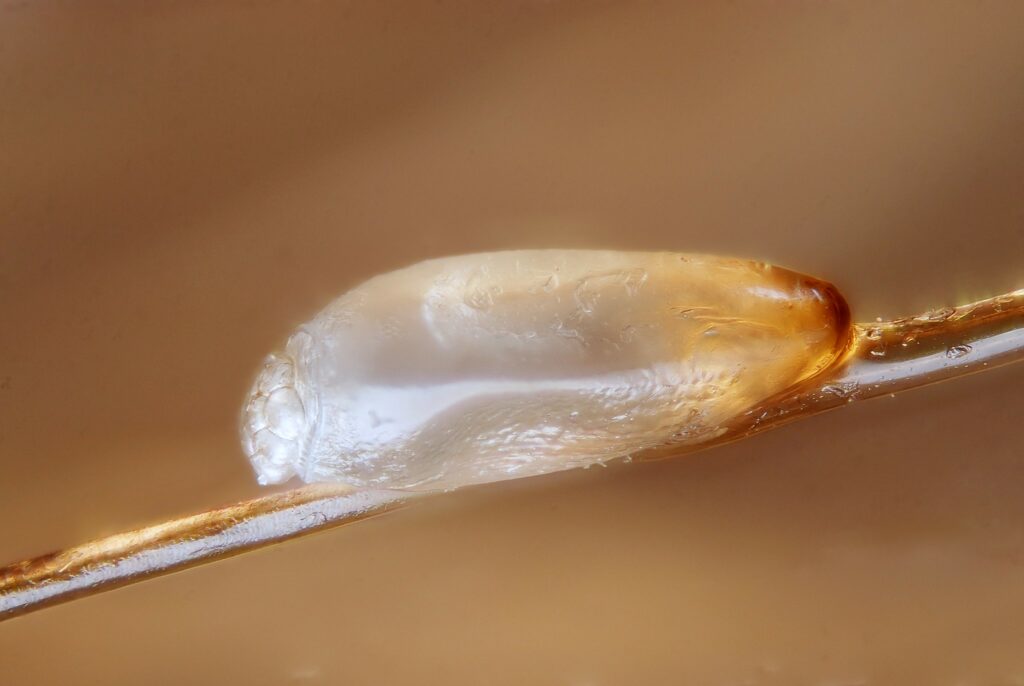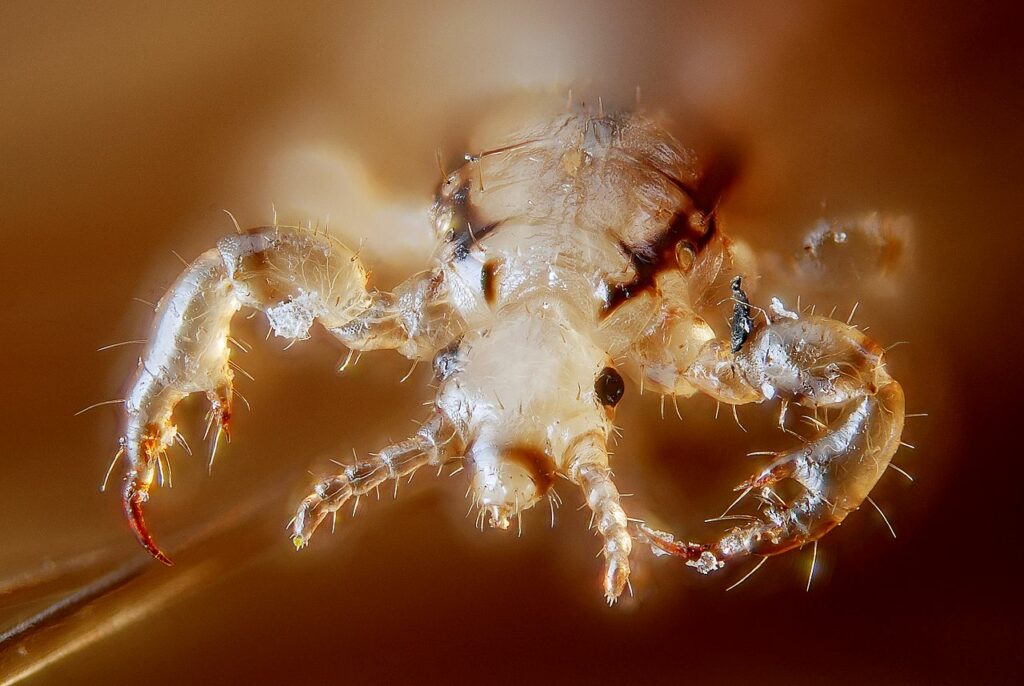Dealing with a head lice problem is already a hassle in itself. It can only get worse if you are dealing with super lice. But what are super lice? How do you know you are dealing with super lice and not just ordinary head lice? How do you treat them?
Here’s everything you need to know about these superbugs.
What are super lice?
There is only one thing that separates super lice from ordinary head lice – they are incredibly resistant to common head lice medication ingredients such as permethrin and pyrethrin.
For everything else, super lice and ordinary head lice are the same. They are the same parasitic insects that live on scalps, eyebrows, and eyelashes. They both suck on the blood of their hosts to survive. And they have a similar life cycle: start from nits, hatch as nymphs, and develop as adults.
Since super lice and ordinary head lice are basically the same except for their level of resistance, you can get super lice the same way you get head lice.
You can get these superbugs if you interact with someone who already has them. Be particularly careful of contacting head-to-head, sharing personal items, or storing personal belongings near the infested person.
Contacting head-to-head is the most common means of transmission, but don’t disregard the other 2 interactions.

How do I know if I am dealing with super lice?
What are the chances you are dealing with super lice and not just ordinary head lice? In 2016, super lice have already been found in 48 states. These permethrin and pyrethrin resistant bugs have been reported in the U.S. first in 2000. In just 16 years, they have spread across the nation like crazy.
The chances you are dealing with these superbugs and not just their ordinary versions are very high.
Good indicators you are dealing with these superbugs
Here are some indicators you are dealing with the superbug variant and not just the ordinary variant.
- Your treatments don’t work. If you are not seeing significant improvements in your head lice infestation after a few days of applying over-the-counter medications, you may be dealing with the superbug variant. But there are other possible reasons why your treatments don’t work. This will be expanded later on.
- You experience intense itching. A head lice infestation is going to itch as your body reacts to the lice saliva it contacts during lice feeding. You know it’s severe when you are losing sleep or starting to become irritable. The itching will occur whether you have the superbug variant or the ordinary variant. It is a good indicator you are dealing with head lice in general.
- You feel something move in your head. If you feel like there is something moving in your head, you may not be going crazy. You may have a head lice infestation. Sometimes, this can be a little ticklish. Like the itching, this is a good general indicator.
Common reasons why head lice treatments don’t work
Don’t be hasty in concluding that you are dealing with the superbug variant and not just the ordinary variant. There are a lot of reasons why the treatments you have tried don’t work.
- You are not using the treatments properly. You don’t need a prescription for over-the-counter medications. But this doesn’t mean you can just blindly use these treatments. They come with instructions. If you don’t follow the instructions, the treatment will prove to be ineffective and dangerous.
- You are constantly getting re-infested with head lice. Maybe your treatments do work. But you keep getting head lice from your family, friends, or co-workers. Again, it is important to keep in mind the 3 main interactions that can lead to head lice transmission: contacting head-to-head, sharing personal items, and storing personal belongings near an infested person. Make sure you don’t have these interactions with someone who has the parasitic insects.
- You actually don’t have head lice. Your treatments may not work because there is nothing to treat. Head lice can easily be mistaken for dandruff, scabs, or some other skin condition. If you are experiencing symptoms like severe itching and head lice treatments don’t work, you may have misdiagnosed the cause of your symptoms.

How do I treat super lice?
If you have confirmed that you have super lice, it’s not the end of the world. They can be killed. Here are the most effective ways to treat these superbugs.
Don’t rely on natural remedies
Natural remedies are great. They don’t have the harmful ingredients that plague over-the-counter medications and prescriptions. Most of them are very accessible too. But here’s the thing about natural remedies – they are not very effective.
Sure, some of them can help get rid of head lice, such as salt. But they are best used as a supplement only to other proven methods. They are already not that effective against ordinary head lice. What more for super lice?
Go the manual route
You can never go wrong with the manual method. Super lice may be resistant to all these harmful ingredients, but they will never be resistant to a good-old-fashioned beatdown. Buy a fine-toothed comb, also often called a lice comb.
This comb has gaps and teeth thin enough to capture head lice. Simply use this brush on the infested person’s head. Make sure to brush from the scalp, as most head lice and nits stay near the scalp. And make sure to brush until the tip of the hair. You can also dunk the comb in a bowl of water and soap after each brush to help kill the head lice.
This is a meticulous method. But it’s very effective when done right.
Consult a doctor
You can’t always DIY your way out of everything. Sometimes, you have to go to a professional to help solve your problem. Get rid of your head lice problem by consulting a doctor. The doctor will give you a prescription for a medication that has ingredients more powerful than the usual permethrin and pyrethrin. Some of the ingredients you will see are benzyl alcohol, ivermectin, malathion, and spinosad.
Make sure to follow the doctor’s instructions for effective and safe administration.

